Can’t find what you were looking for?
Learn more by contacting one of our guides at Tenute del Cerro.
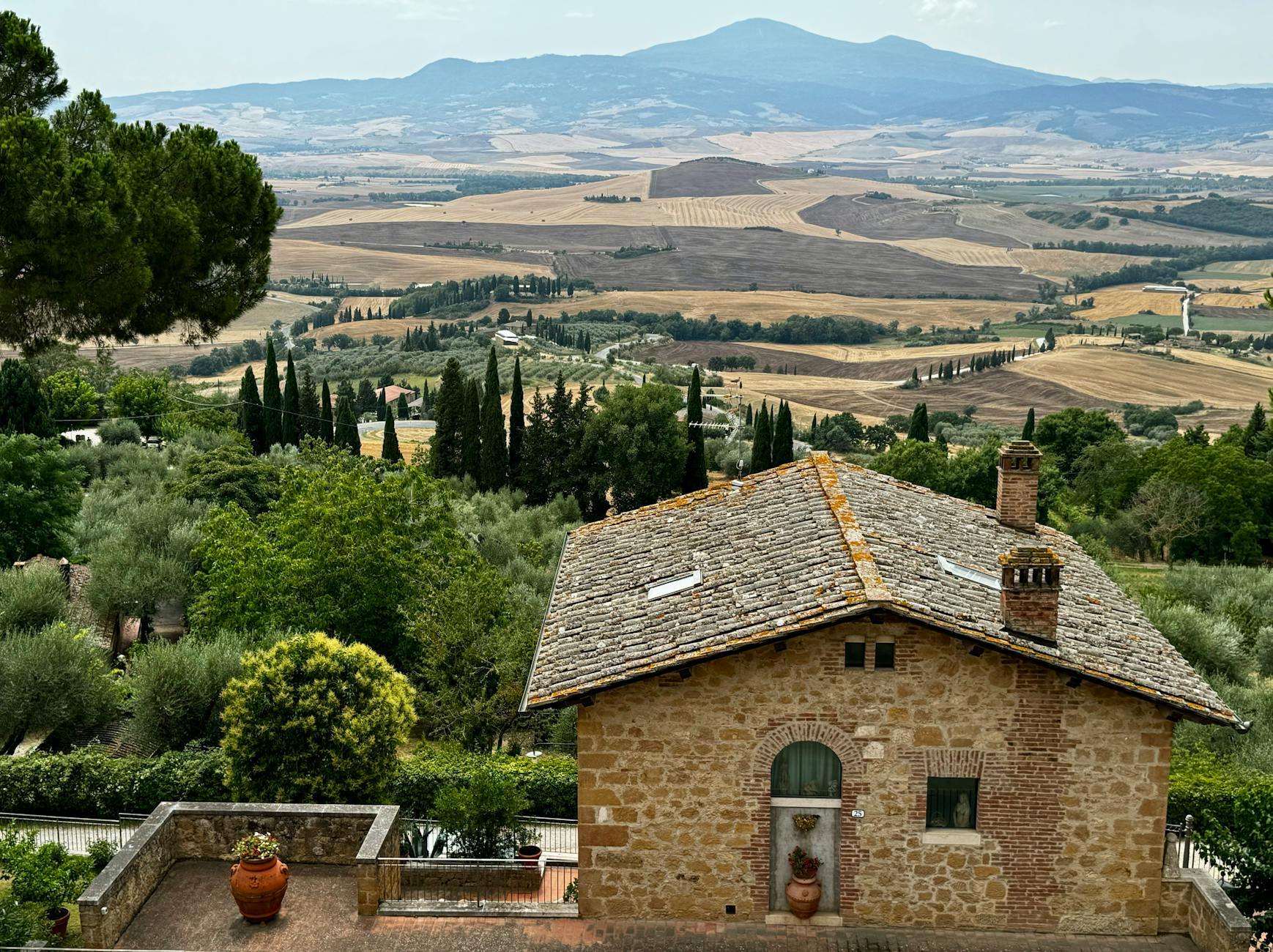
Tenute del Cerro has 5 souls that can be discovered at the 5 Estates.
Read our articles to learn about the 5 souls.
Wine and more. A section dedicated to all the excellences: from olive oil to hazelnuts, from peaches to ancient grain flours.
Our recommendations for discovering the territories that host us.

{description}

{description}
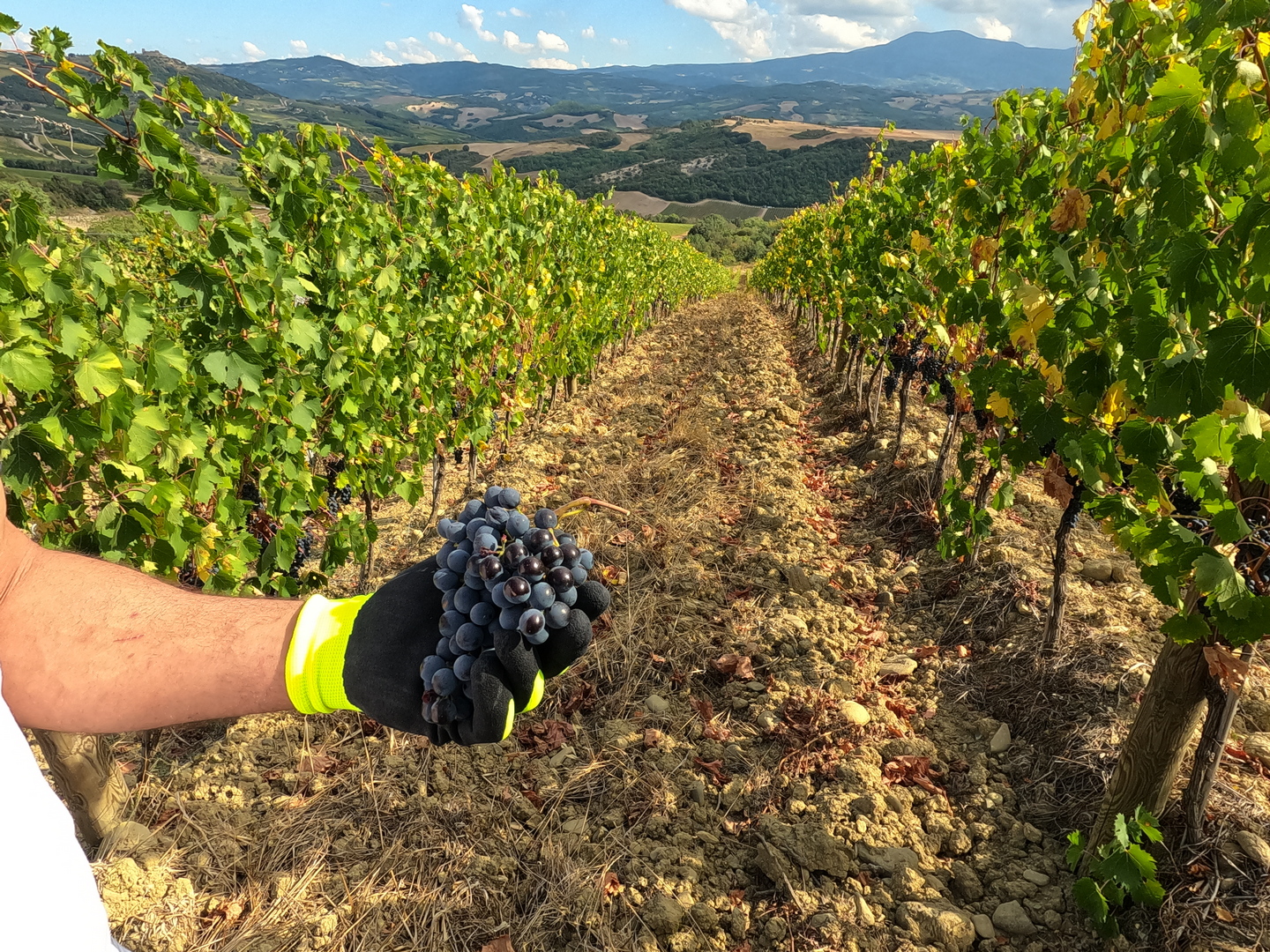
{description}
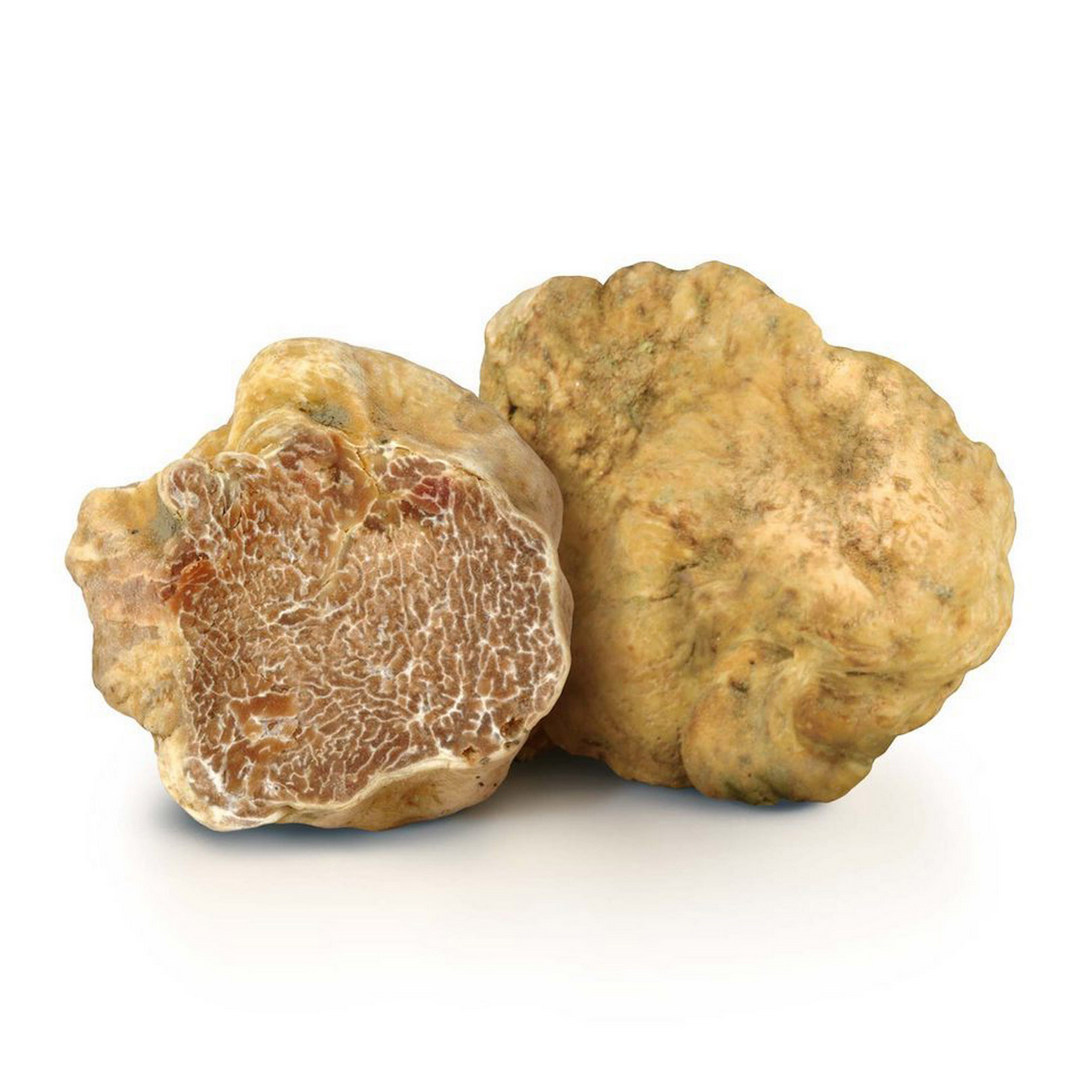
{description}

{description}
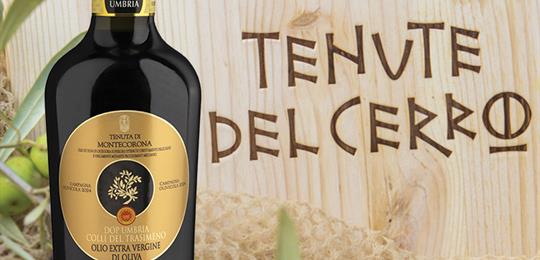
{description}
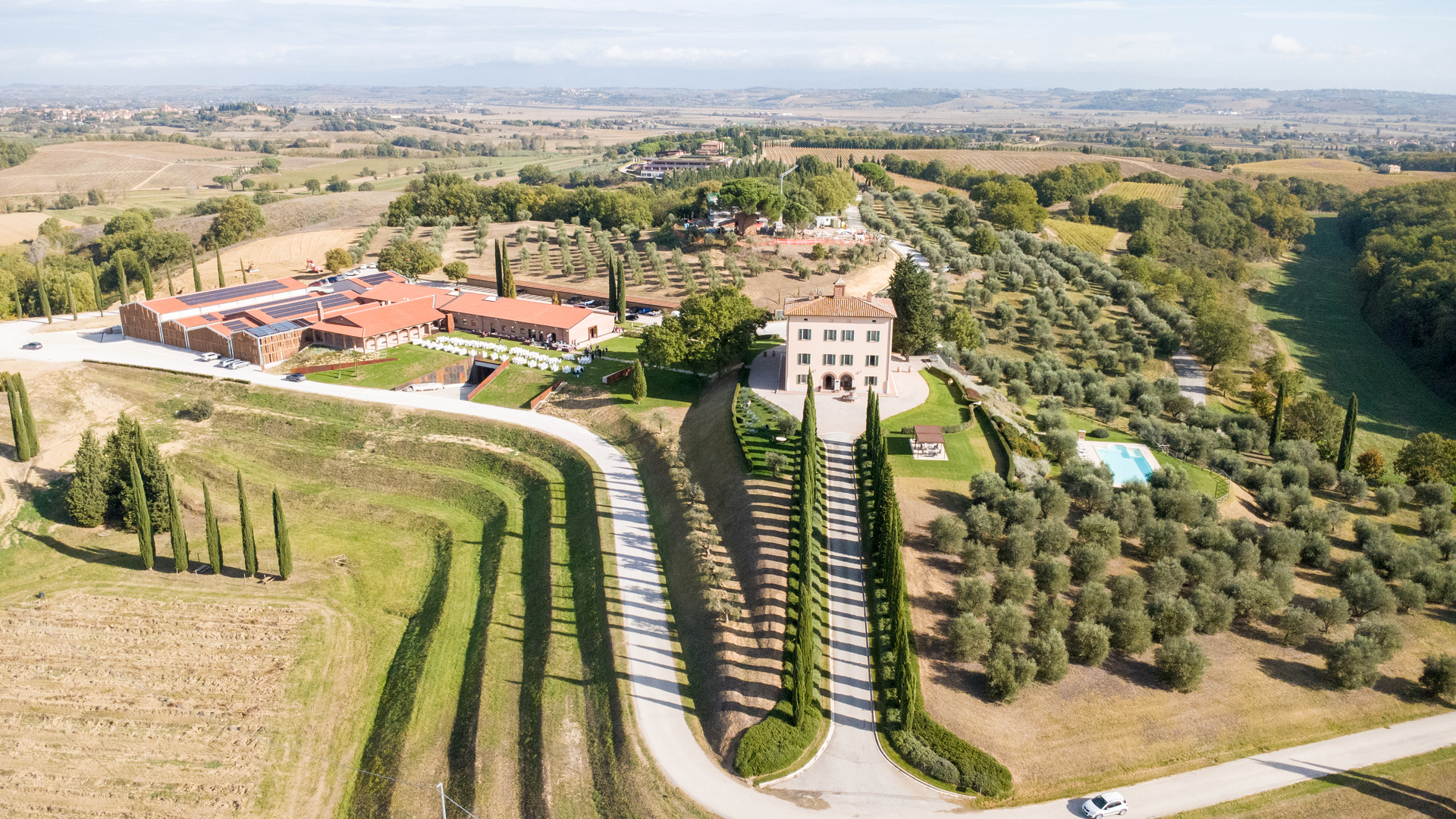
{description}
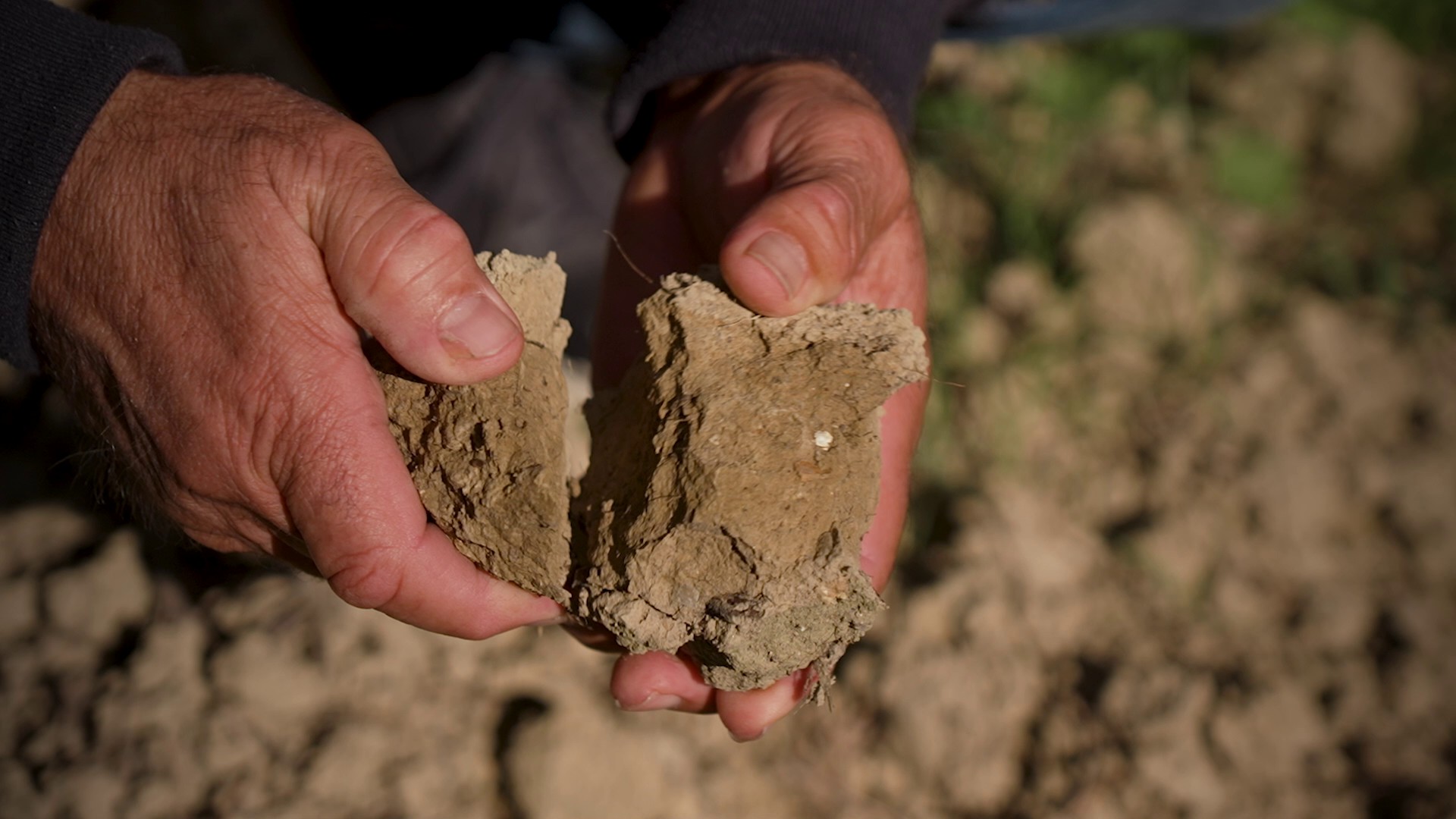
{description}
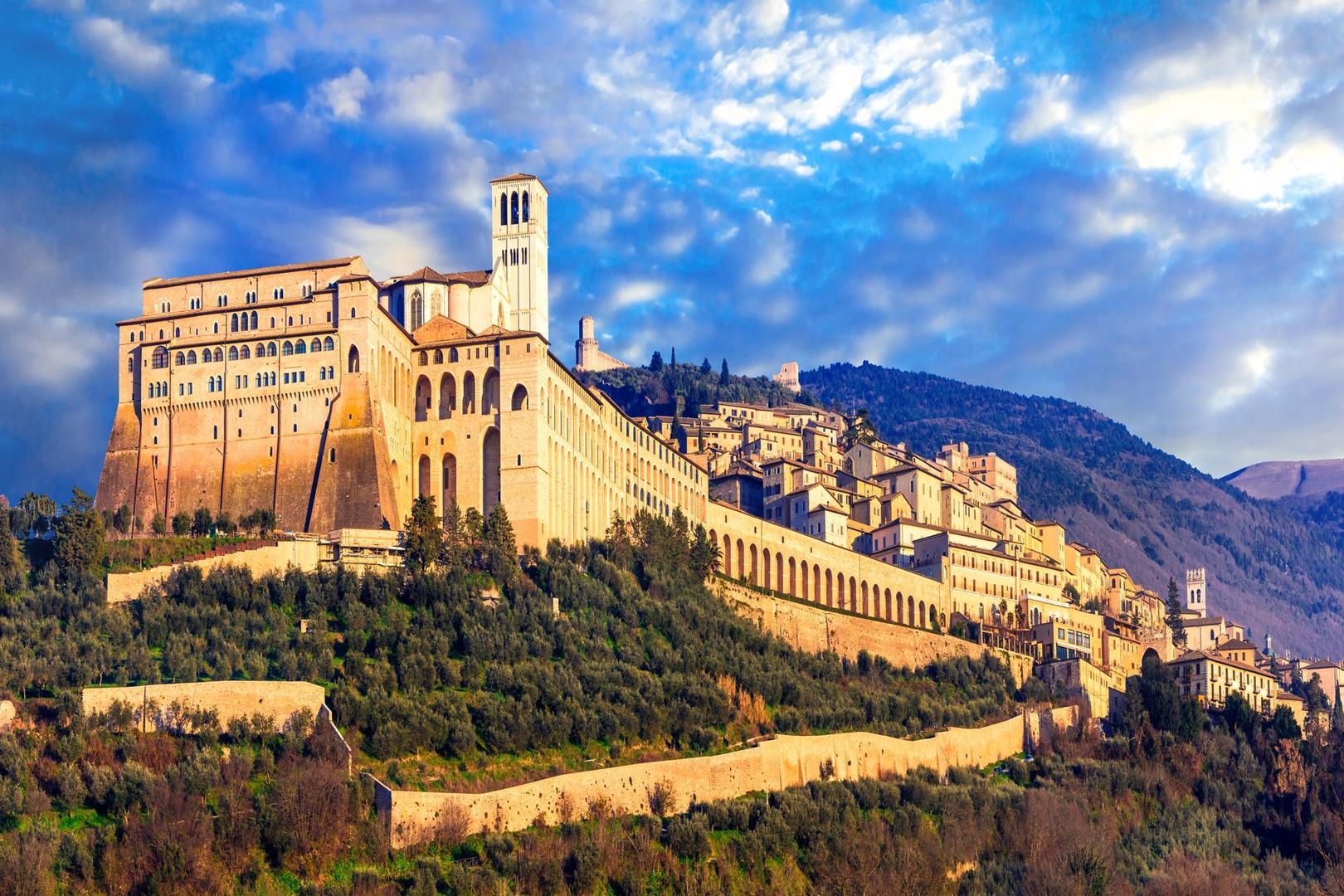
{description}
Learn more by contacting one of our guides at Tenute del Cerro.
Learn more by contacting one of our guides at Tenute del Cerro.